Teen maps accessibility of Mississauga waterfront trail
Published June 1, 2023 at 2:14 pm
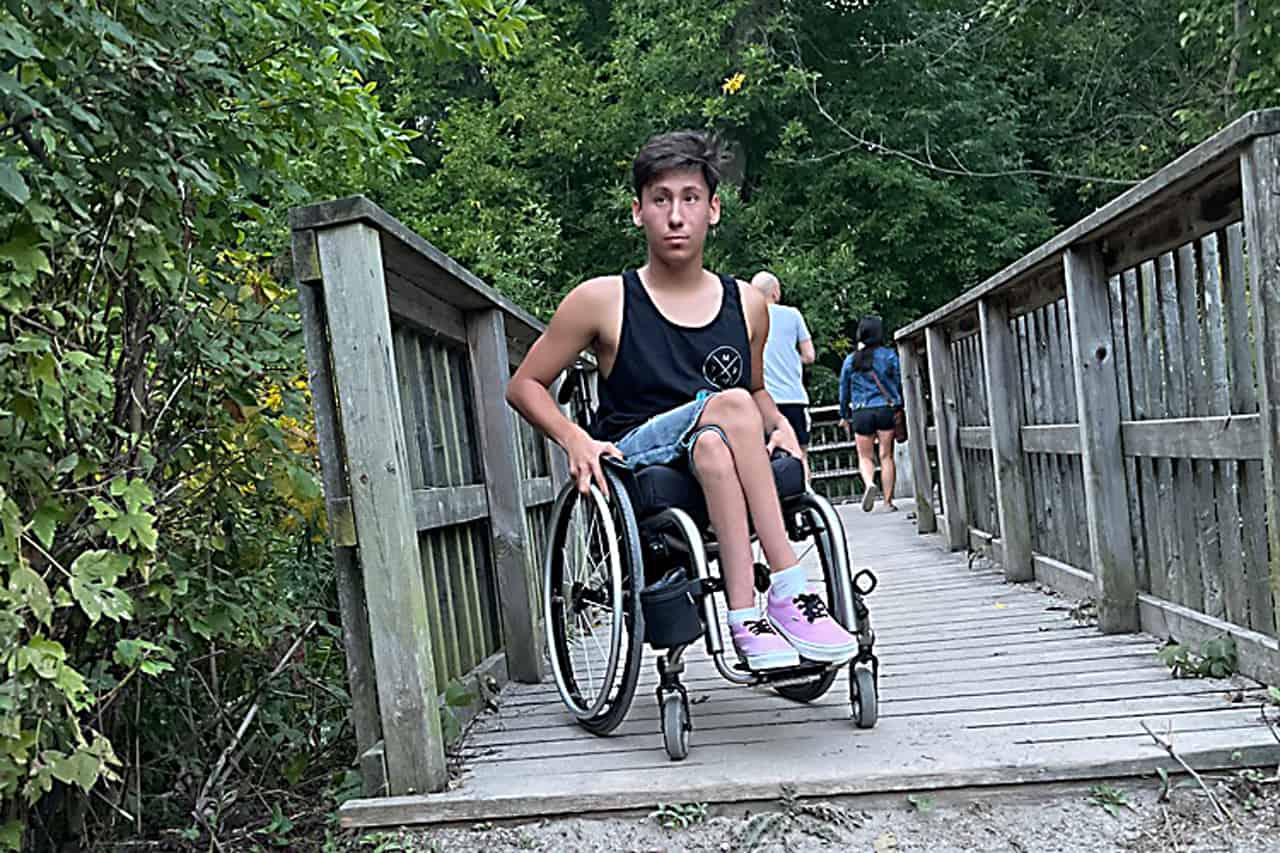
A teen mapped a portion of the Waterfront Trail in Mississauga for accessibility but found getting there was one of the hardest parts.
The trail is one of 25 Trans Canada sections recently added to the AccessNow app and website — a map that shares how accessible routes are for those with mobility challenges.
The Mississauga portion of the Waterfront Trail map is part of Trans Canada Trail’s Accessibility Mapping Program started in 2020 to share information and improve accessibility on the trail. The program works with trail users with disabilities to collect and disseminate information through AccessNow technology.
Paired with a local trail guide, each mapper navigated a section of the Trans Canada Trail and used data collection, photography and narrative descriptions to capture their lived experience.
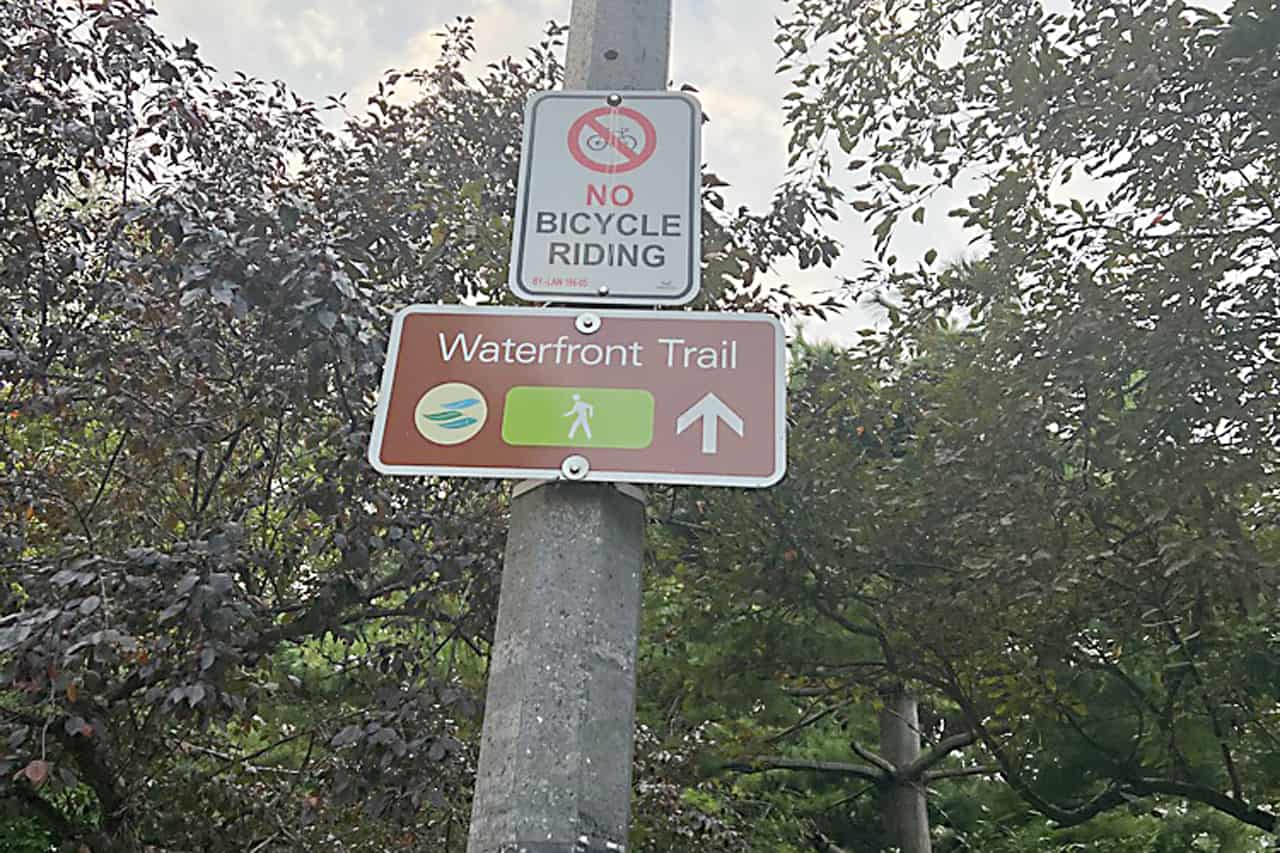
Tai Young, 19, who uses a manual wheelchair, accessibility-mapped the Waterfront Trail from Jack Darling Park to Winston Churchill Boulevard in Mississauga.
Young is from Markham but moved to Toronto to study media production at Toronto Metropolitan University.
Last September, he headed out to the Waterfront Trail to map the route as a summer job — it was the first time he had been there.
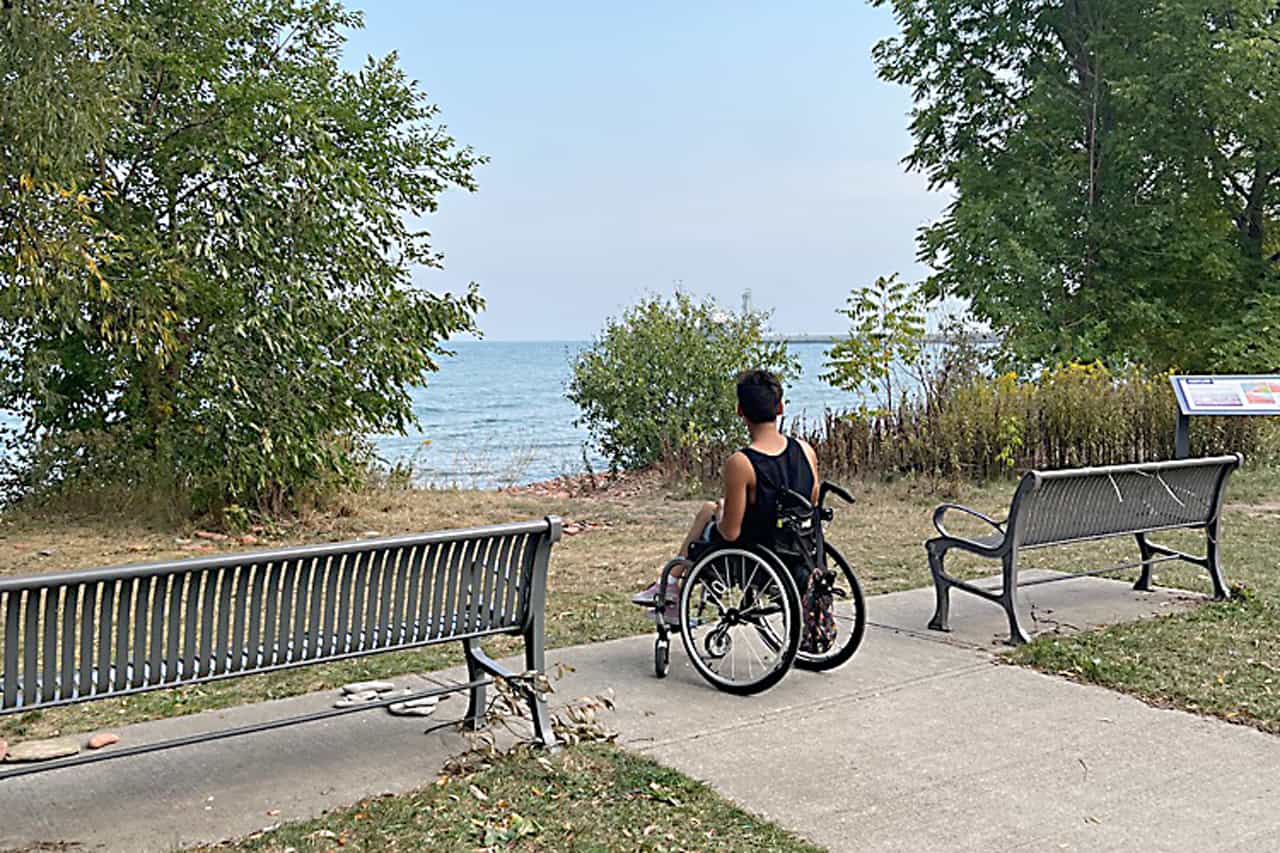
The trail was beautiful, Young tells insauga.com but getting there was difficult.
“It was a little bit of a mess,” he says.
Young wanted to travel from Union to Port Credit GO station but couldn’t access the exit at that time. He was sent back to Exhibition Station and then took an Uber to the trail, he says.
“It’s a beautiful trail but if someone’s trying to go there from downtown (Toronto), it’s very inaccessible in regards to transit,” Young says. “It was definitely frustrating to actually get there.”
Port Credit GO station elevators were not working at that time, a Metrolinx spokesperson tells insauga.com. They are currently functioning and it is an accessible station.
He didn’t explore a bus option due to time constraints.
The path itself is generally accessible — the mapping shows portions of green (easy) and yellow (a little more challenging).
Young enjoyed the scenery and the space on the trail. The boardwalks through Rattray Marsh were easy to traverse as were the paved sections, he says.
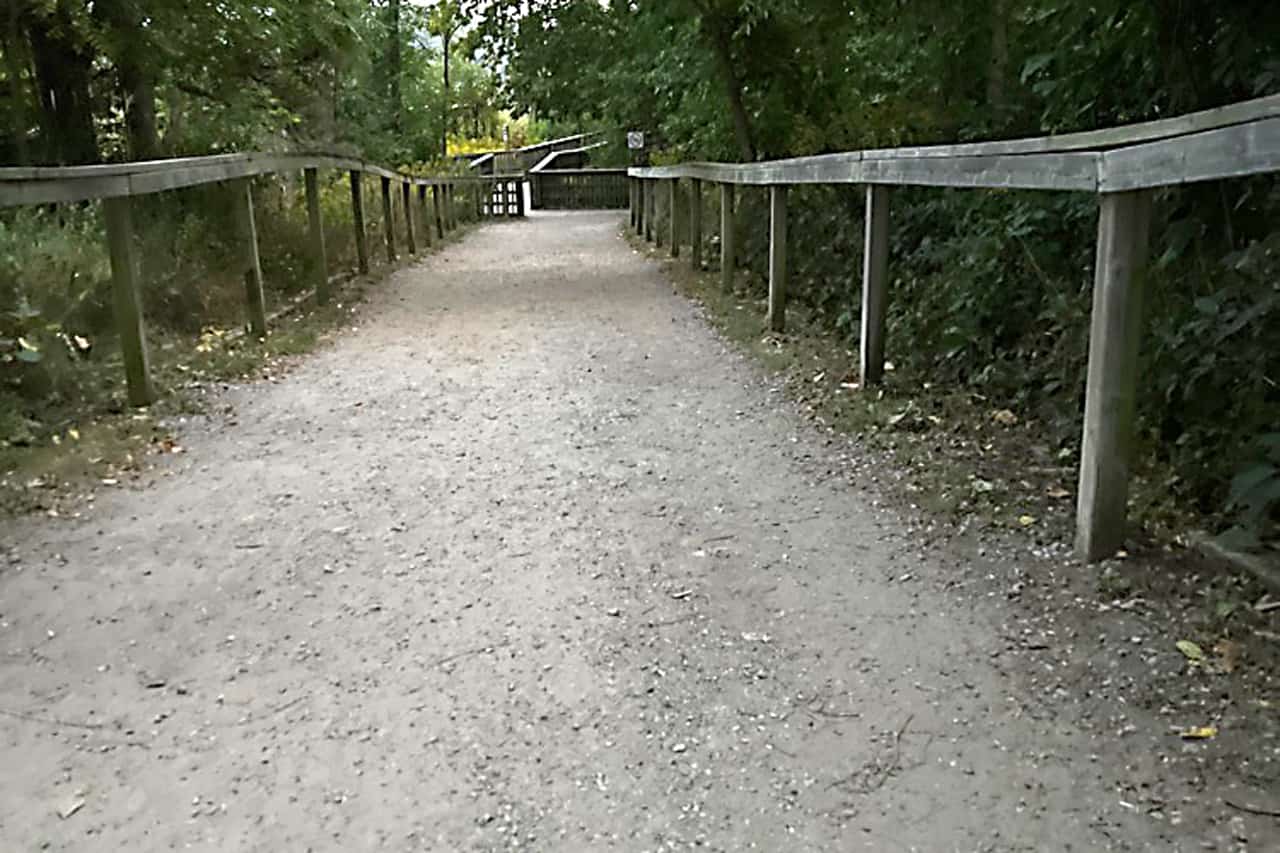
But there were a few curbs and sections with rocks and pebbles.
“It’s not great because when you’re moving around the chair tends to slip a lot and you don’t have a lot of traction when you’re pushing,” he says. “So it can just be a lot more tiring to push through gravel and pebbles whereas like a paved trail is more ideal.”
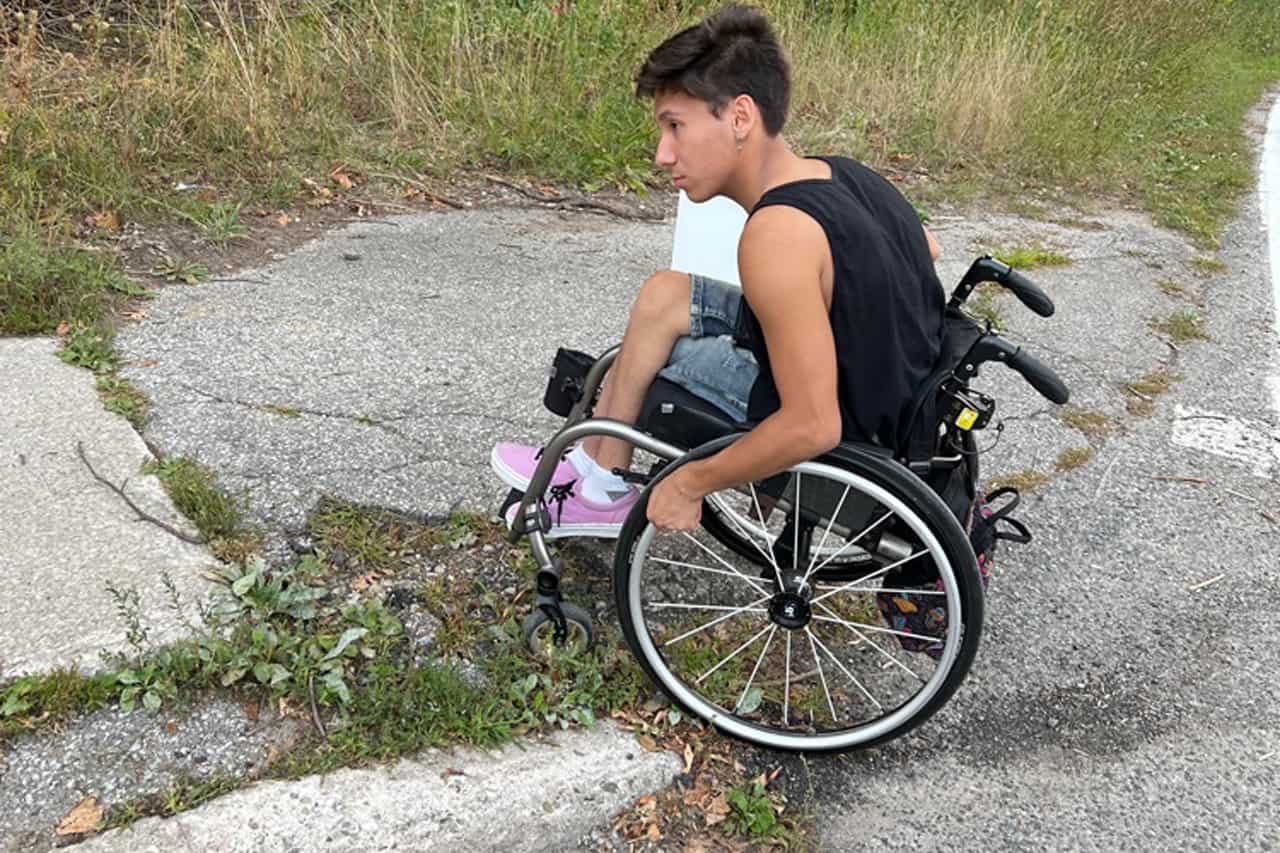
Sections of the trail go on streets — some without sidewalks. There was one part where they were on a street for about a kilometre and unsure if they were still on the trail, he says.
He suggests more signage on those streets.
“It was not the safest to just be walking in the street.”
An extensive collection of Young’s photos loaded on the website shows uneven pavement, dirt, curbs but also beautiful scenery, paved trails, boardwalks, accessible washrooms and parking spaces found along the route.
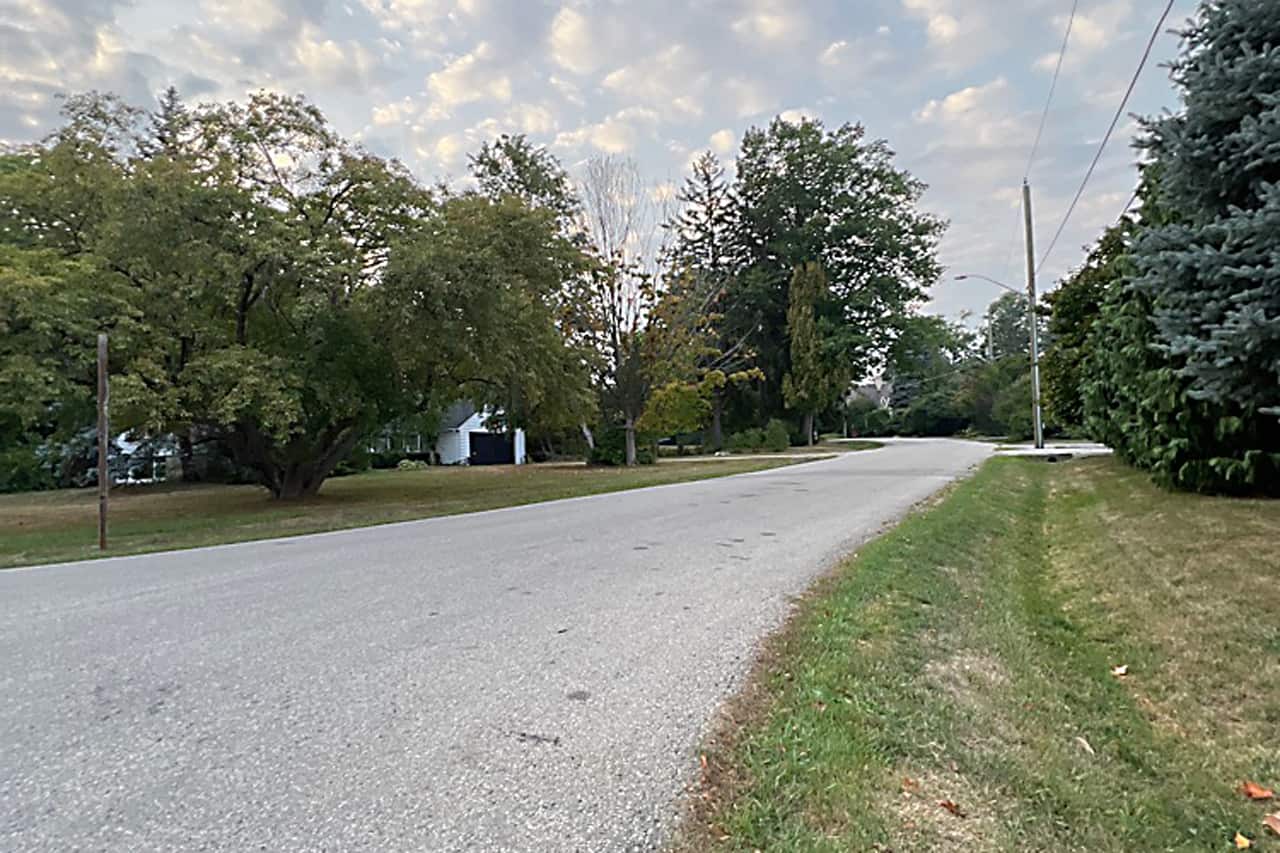
Young also notes that his wheelchair is lightweight and he competes in wheelchair racing so another person with a heavier chair might have more difficulty on the route.
People can provide their own feedback on trails in the app.
“We have adopted a lived-experience approach to assess and communicate the current accessibility of the Trans Canada Trail so people can make informed decisions,” says Eleanor McMahon, president and CEO of Trans Canada Trail.
The idea is to empower people with disabilities to discover the accessible outdoors.
“Access to information helps people of all abilities self-assess and reduces the risk of experiencing barriers in order to promote safe and inclusive adventures,” says Maayan Ziv, founder and CEO of On the AccessNow app.
The AccessNow app is available on the Apple app store and Google Play.
For more information on AccessNow, see the website here.
See Trans Canada Trail for more information on the trail system.
INsauga's Editorial Standards and Policies


